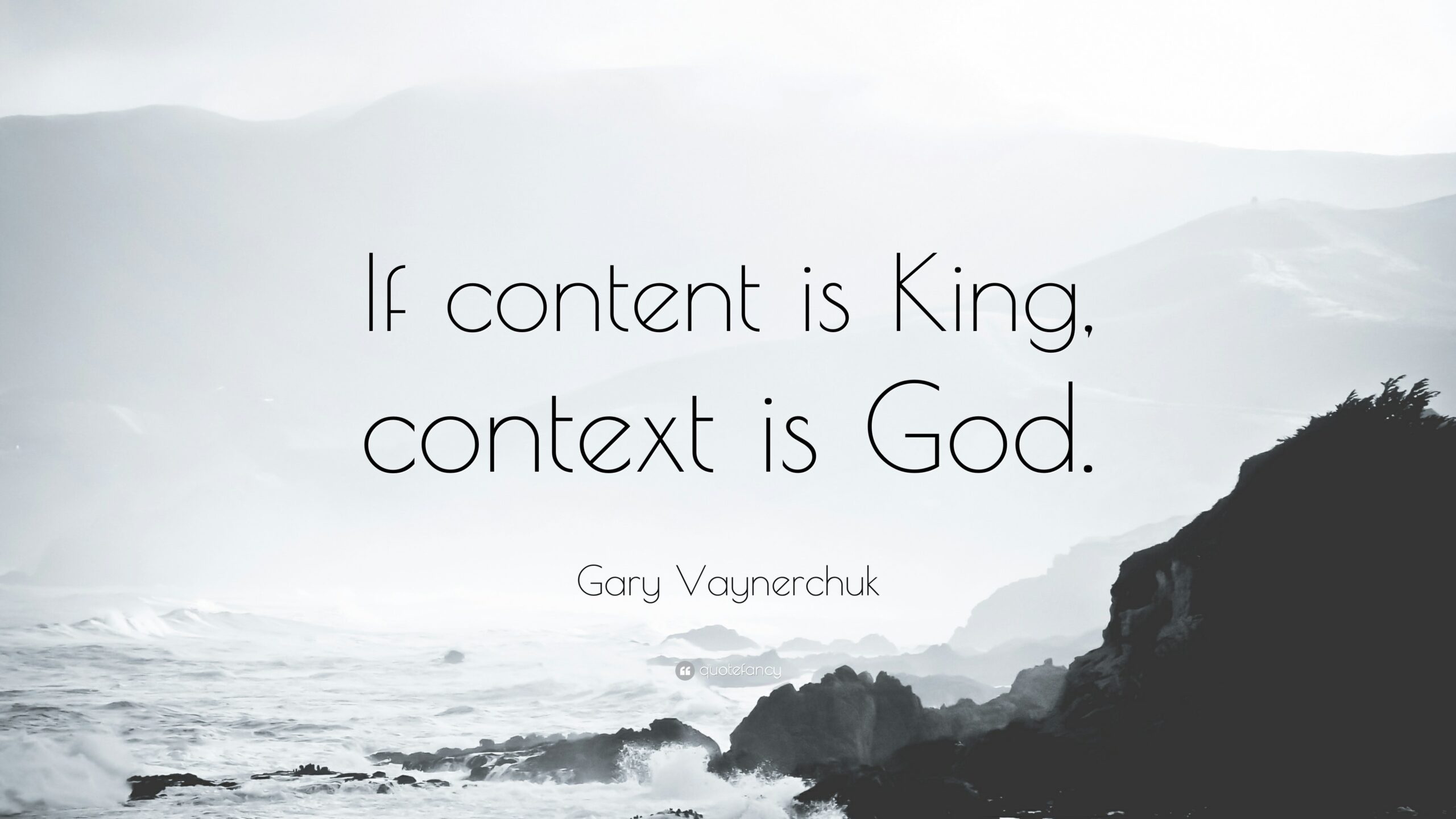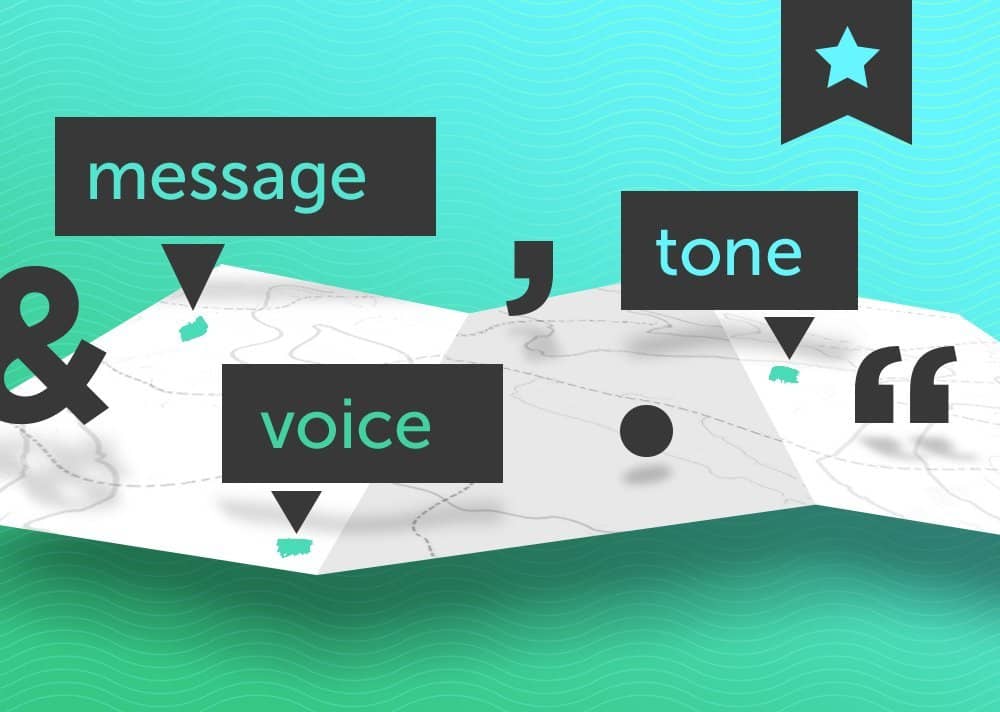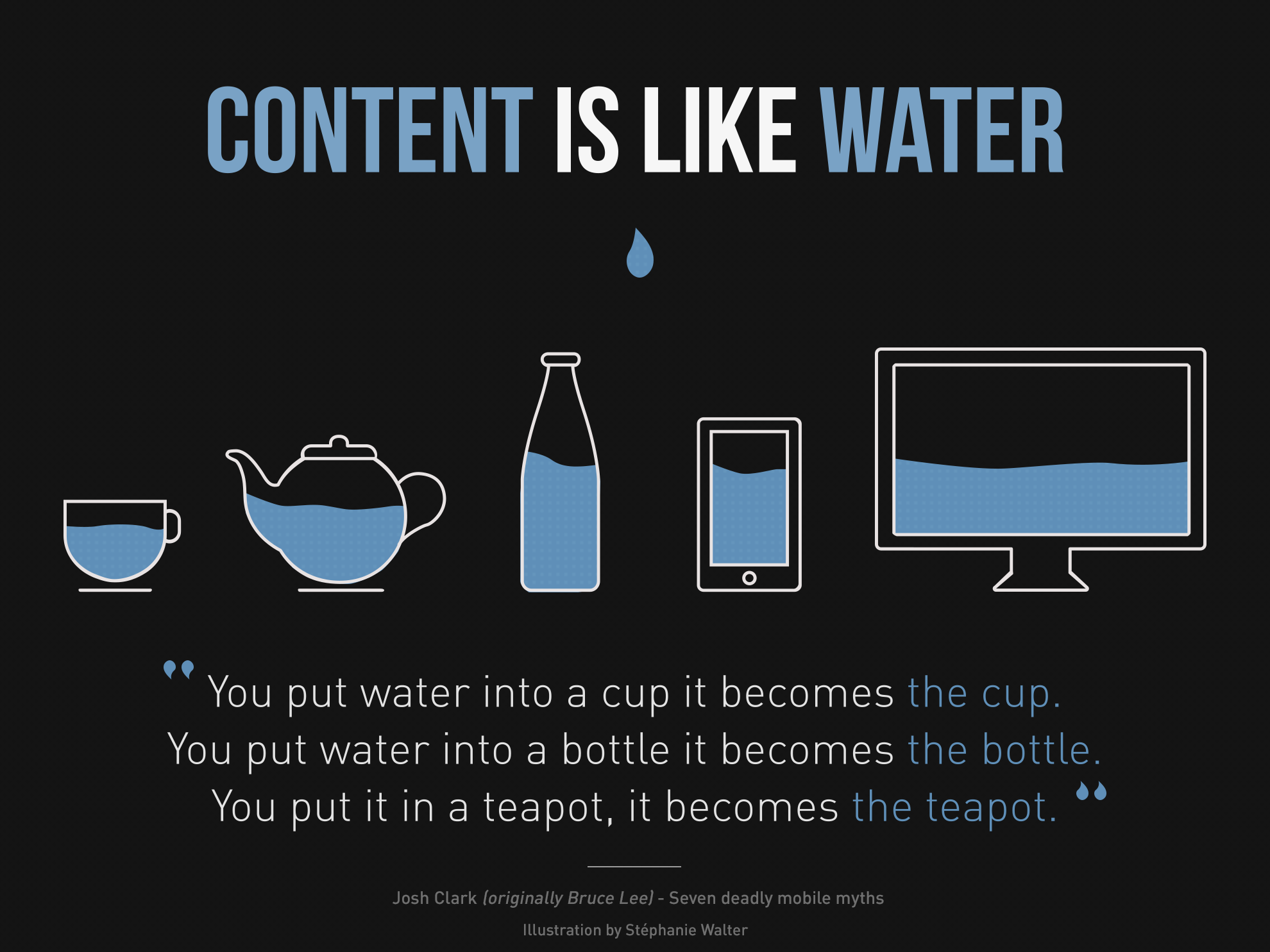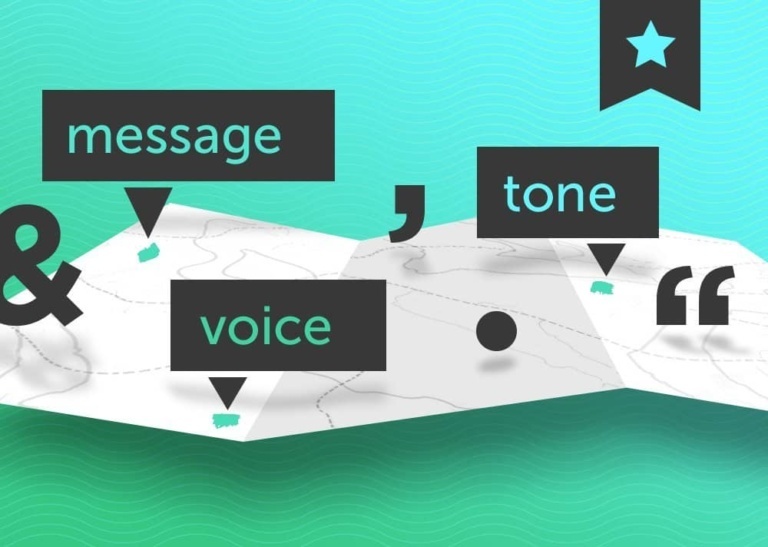Posted by
on
Let’s assume your business website conveys all the obvious information – description of products & services, details of the company and contact information. Apart from that you may have a blog, some video content, news etc. Considering all content is placed as per the website design & structure, it’s easy to be skeptical about the role of Content Strategy. In this blog post, we are simply going to focus on the five essential questions that a business must address while curating content for its website.
Most often companies end up following a template of ‘how a website should look’ and not on ‘how it should be perceived’. This is where content factors in and fills the gap between brand information and customer engagement. The first step is to determine the key message you want to convey to the website visitor and then check whether the website is communicating that message while responding to the following questions:
1. Does the headline on Homepage’s top banner convey exactly what the website visitor is expecting to find?
When a first-time visitor gets to see the product, service or offer he came looking for, he knows he has reached the right place. Experts state that visitors decide within ten seconds of being on the website, whether they want to stay on. So, it’s a good idea to do some AB testing on headlines to see what kind of messaging truly work for your audience, that compels them to navigate further into the website.

2. Is the content placed strategically enough?
Website content comprises not only of descriptions, image copy and headlines of various sections but also includes persuasive text placed strategically across user touch points – registration forms, call-to-actions, subscription invitation, chat box messaging, contact forms etc. Optimizing on it can give that extra nudge to the visitor to move towards the next step of the conversion funnel. For example, adding compelling text like “It only takes a few seconds!” below “Register Now” (call-to-action), can increase the chances of registrations significantly.
3. Does your website content CLEARLY represent your Business?
It is not enough to just creatively convey a message to the website visitor. The content must also have two things – an expression of brand personality and clarity in information. Clarity and precision in words help in eliminating unnecessary misunderstandings and misconceptions about the business offerings. It’s a good practice to keep information so simple that core offerings are scannable at a glance. This is especially important for websites having mobile responsive layouts wherein content can seem unnecessarily heavy to a ‘mobile visitor’.
4. Is the website content Search Engine optimized?
Higher the content relevancy of your website, better are the chances of prospective customers finding it on search engines. For this reason, the content strategy must always include keyword integrations, as per SEO best practices, across website – Menu, section content, page titles, meta-tags, alternate texts (for images), sitemaps etc. Also, if you are maintaining a blog for your business, it is important to optimize it for the search engines and promote it across all social media handles of the company. This will not only increase the relevancy quotient of the website but also help in including keywords that could not be integrated on the main pages.
“IT’S NOT WHAT YOU SAY BUT HOW YOU SAY IT THAT MATTERS.”
5. Does the tonality of content resonate with its intended audience?
Every business website gets traffic from diverse sources (consumers, investors, job aspirants etc.), garnering a distinct set of expectations out of the website. Getting the tonality of communication right, is the only way to hook and engage them with the brand or business. It’s easy to confuse brand ‘voice’ with brand ‘tonality’. While the former is basically a brand personality described in adjectives (professional, friendly, positive etc.), the latter is the ‘flavour’ of that voice customized for the target audience (personal, approachable, informative, clear etc.). Here is an example of tonality optimization – If you are going for friendly voice with a helpful tone, avoid using patronizing language or too much humor. It just takes one off-putting line for the visitor to opt for your competitor over you. So, be very clear in what information you wish to dispense, to whom you are communicating it to and what results you expect out of the interaction. Then weave the content along those lines.
Retain your audience till they convert to Customers.
When we look at the larger picture, a website not only serves as a ‘visiting card’ of the business but also an effective medium of converting a Visitor into a Customer. So, by capitalizing on the five essentials of website content strategy – Effective Headline, Clear Messaging, Strategic Placement, Optimized Tonality and Integrated Keywords – you can successfully create a rich user experience and drive higher brand value.
Hope you found this post helpful. For getting your website’s content audited (or any other writing assignments) you can reach me at workwitharuna@gmail.com
Recent Posts

Order Services

Book a training session
Word Studio, Content Writing Services | A part of 40 Graphix. All rights reserved.





